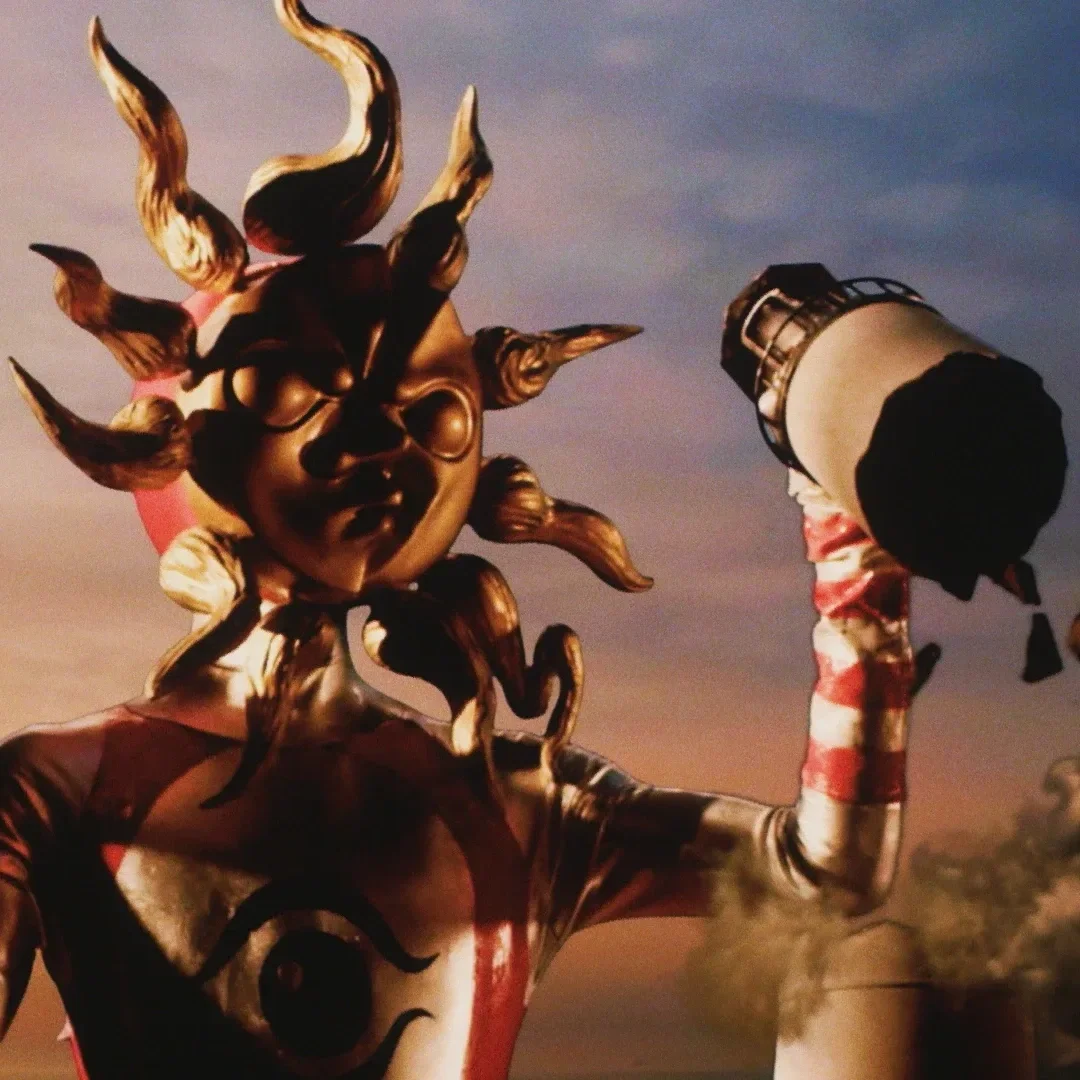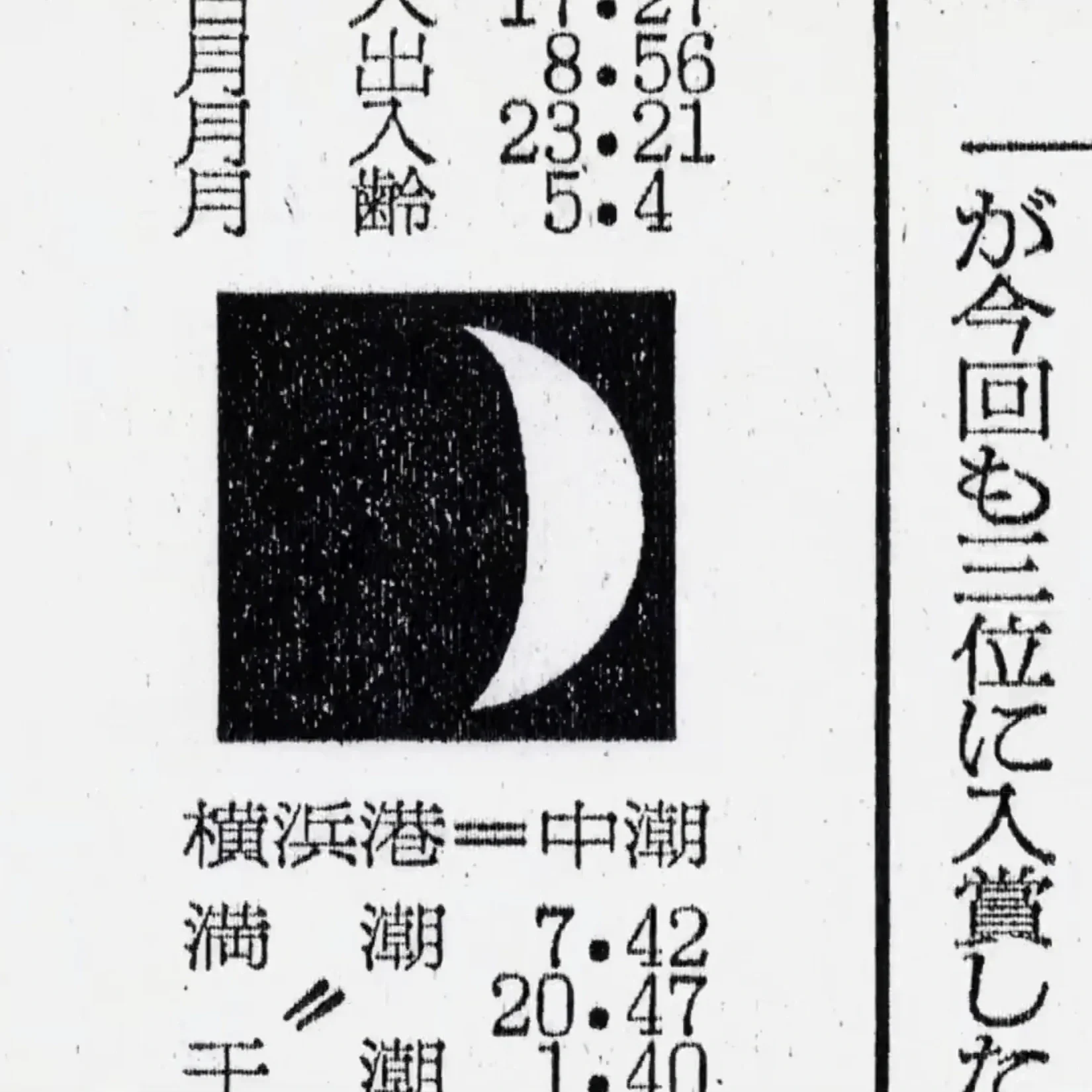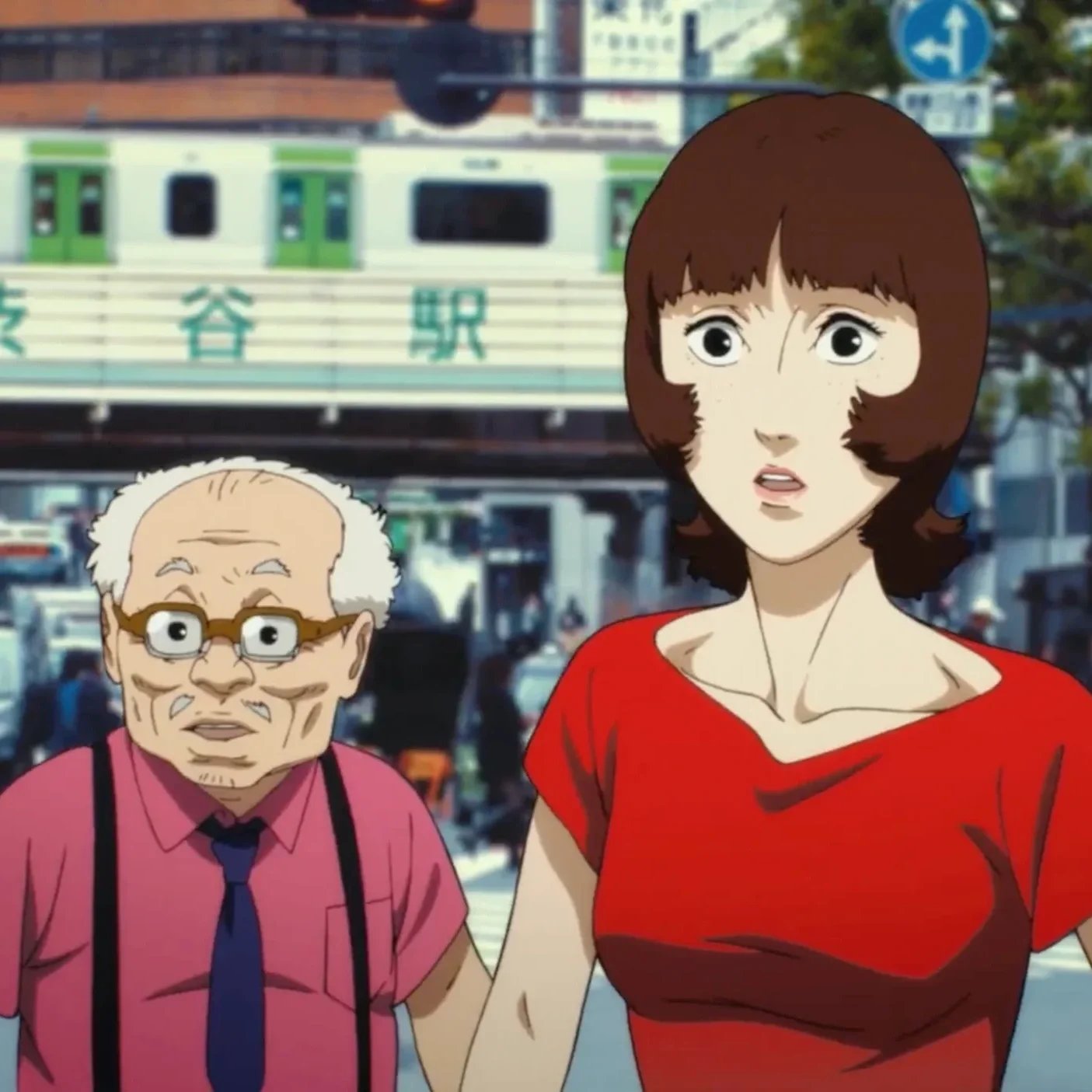The Rise of the City Boy
Anthony Bourdain said it best: “What do you need to know about Tokyo? Deep, deep waters. The first time I came here, it was a transformative experience. It was a powerful and violent experience. It was just like taking acid for the first time.”
I have felt that disorientation too. Tokyo does not reveal itself all at once, but through daily rituals, quiet codes, and the way some men move through the city like poems. One of them is the City Boy.
To the untrained eye, they may appear unassuming. But, every aspect of their being is relentlessly curated from their daily routine, to the placement of their crossbody bag, to the way their perm falls just right. These boys are not performing masculinity, they are rewriting it. What might first seem like a stylish subculture is, in fact, a quiet reshaping of modern Japan.
City Boy Origins
To preface, the term City Boy in Japan is distinctly different from the memes that went viral in 2022. Here, a City Boy refers to a subculture, and a quiet redefinition of masculinity rooted in intention and curation.
Originally coined in the cult-classic Japanese magazine Popeye, a City Boy is the man who curates every detail of his life with care. Launched in 1976 with the tagline “Magazine for City Boys,” Popeye was not just a fashion magazine, it was a lifestyle textbook. At a time when traditional gender roles in Japan were beginning to shift, Popeye offered young men a how-to guide on dressing, eating, grooming, and living with style and thoughtfulness. The DNA of the City Boy is found in every page from the last 49 years.
Today, Popeye has found a new global audience through social media. Scans of the magazine circulate widely on Instagram, and editorials now feature brands like Kith, Beams, and Seventh. In short, flipping through Popeye feels like browsing the latest lookbook from Auralee, equal parts softness, simplicity, and curation.
Communication in Japan differs fundamentally from that of the West. Speech and relationships are built on implication and subtlety rather than direct expression. This stems from a community-based mindset, in contrast to Western individualism. For Japanese youth, fashion and aesthetic curation became a form of self-expression and identity construction. What could not be said in words was shown through clothes, routines, and spaces that reflect not just who they are, but how they are.
The City Boy represents this shift: not flashy or loud, but deliberate, self-aware, and rooted in intentional living. But, before the rise of the City Boy, Tokyo had already seen a quiet rebellion dressed in Oxford polos and long black socks.
From Delinquent to Default
In the summer of 1964, as Japan prepared to host the world for the Olympic Games, something else was brewing within Tokyo. Planners hoping to reveal a futuristic city reborn from the ashes of World War II, paying special attention to Ginza, were met by a barrage of frantic phone calls from Miyuki-douri shop owners: There are hundreds of teenagers hanging around in strange clothing!
Tokyo police arrested over 200 teenagers for loitering on Miyuki-douri wearing third-button-down shirts, loafers, and tartan trousers. They were dubbed the Miyuki-zoku, Japan’s Ivy rebels, accused of “feminine speech,” wasting money on fashion, and threatening the very notion of Japanese masculinity. Their crime was not violence. It was taste, styled too sharply, too softly, too early. Back then, curating your appearance was seen as a delinquent act.
What was once arrest-worthy is now aspirational. That quiet devotion to detail, to dressing not for status but for self-expression, has been inherited, refined, and recontextualized. The City Boy is making sense of himself.
Aesthetic Breakdown
The City Boy aesthetic is rooted in American Ivy prep, reworked with unmistakable Japanese precision. From the days of the Miyuki-zoku, Japanese youth embraced loafers, button-downs, and collegiate tailoring. But unlike in the States, where prep felt casual and carefree, in Japan it became something more: a system. Studied, codified, and styled to the point of ritual.
City Boy 2025: picture a wool overcoat thrown over track pants. A crisp oxford shirt with Vans. A crossbody bag placed just right. At first glance, it looks relaxed, almost accidental, but every detail reflects a kind of quiet こだわり(kodawari), that subtle obsession with getting it just right. It is that rare blend of heritage and function that defines the look.
In “Ametora: How Japan Saved American Style”, David Marx explains how Japan did not just copy American menswear, it elevated it. Made it something deeper. Something more emotional. Over time, Japanese fashion became a mirror: nostalgic, orderly, and self-aware.
As Popeye’s influence grew, stores like Beams, United Arrows, and 1LDK began importing American staples, then slowly reshaping them for Tokyo’s rhythm. The result? A softer kind of masculinity. One that’s neat, a little retro, and proudly local. Denim, prep, workwear, it is not worn with irony. It is worn with reverence.
There is a softness to the City Boy look. Boxy silhouettes. Earthy tones. Fabrics that age well. Think washed denim, oversized knits, pressed trousers with sneakers. A tote bag filled with a DSLR, a paperback book, and Muji pens, of which he may or may not use. It is polished, but never try-hard. Quiet, curated, and built to last.
Masculinity in Transition
Long gone are the outdated projections of Japanese manhood seen through a Western lens, images of salarymen, samurai, or sumo wrestlers. In their place: perms, unlit cigarettes, and paperbacks. It made me wonder, what does this new wave of masculinity mean to this so-called City Boy?
Photographer Monika Mogi helped shed light on the shift.
Through interviews conducted across City Boy hotspots, think the back corner of a hidden Nakameguro café, T-Site in Daikanyama, or central Shibuya, you start to see how Japan’s new generation is rethinking what it means to be a man.
When asked what masculinity meant to them, the answers were telling:
“People who are determined to do what they like, and what they want.”
“Someone who can smoke stylishly. Someone who’s natural, grounded, and doesn’t try too hard to be cool.”
Compare that to more traditional responses, career progression, starting a family, or finding a partner, and it’s clear: masculinity in Japan is in transition. On the surface, gender seems to be evolving. “Oh, we should include this,” people say, but very few seem to agree with it from the bottom of their hearts. And yet, in the quiet way he curates his life, the City Boy becomes part of that change.
In a world that often demands men prove themselves through power or noise, the City Boy offers another path, one that values care, stillness, and presence.
Japan’s New Man
The City Boy doesn’t feel the need to shout to be seen. His presence is quiet, but intentional, expressed through fabric, posture, and the daily rituals he repeats with care. And in a city like Tokyo, where the smallest gestures speak volumes, that is a kind of masculinity worth paying attention to.
He might borrow globally, but the way he puts it all together? That’s purely Japanese. And in the quiet revolution of style, that makes him not just a man of the moment, but a blueprint for what is next.







Tracing how jazz evolved from Lupin’s charm to Bebop’s sci-fi western universe.